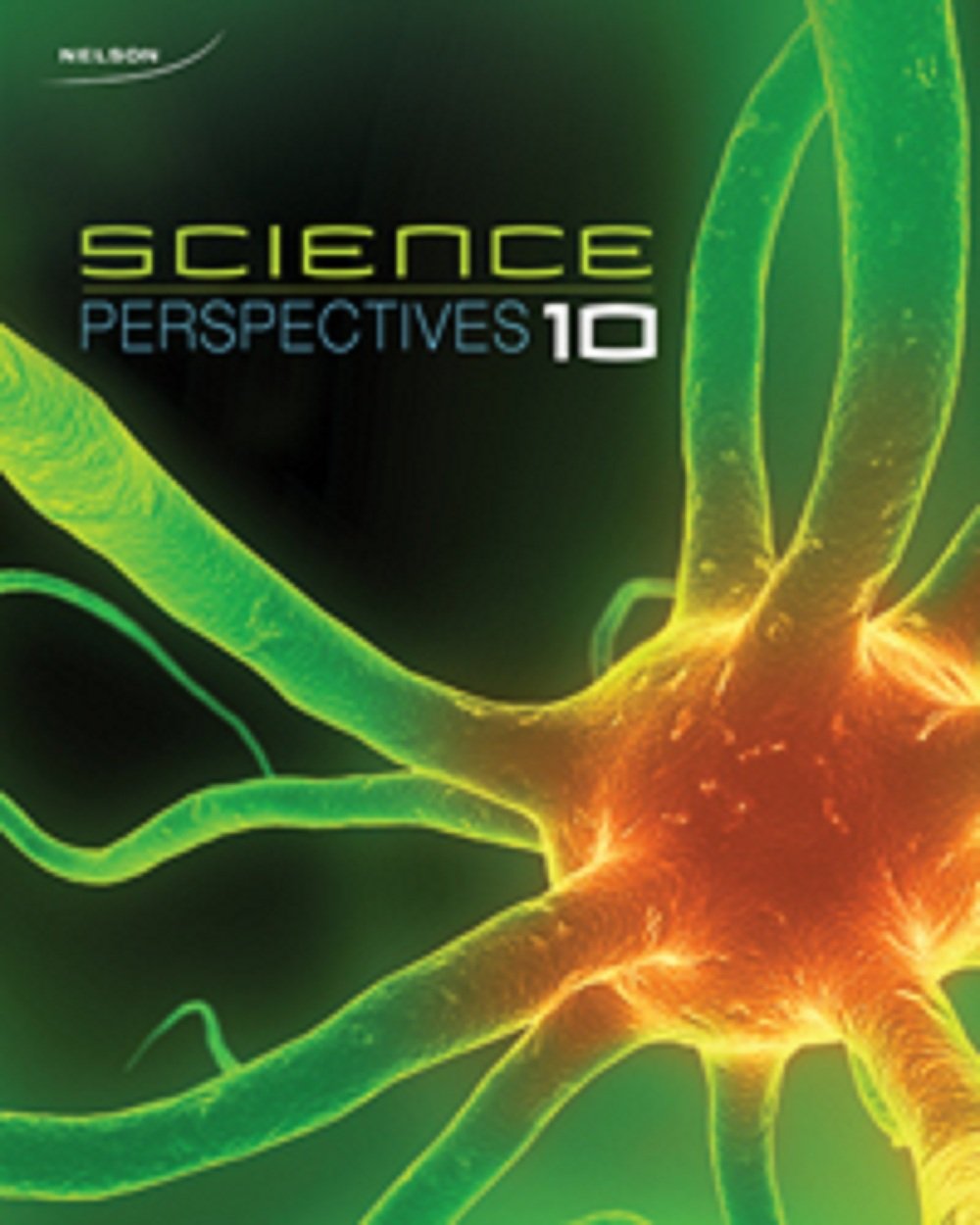
All Solutions
Page 218: Self-Quiz
All metals form positive ions by losing electrons while all non-metals form anions by gaining electrons.
All metals form basic oxides while all non-metals form acidic oxides.
Most metals have high melting and boiling points. They are mostly solids at r.t.p. They have high densities, are malleable and ductile and good conductors of heat and electricity.
Non metals have low melting and boiling points. They exists as liquids or gases at r.t.p. They have low densities and bad conductors of heat and electricity. (They only exception is graphite which is a good conductor of electricity).
Boiling is the state of liquid when the vapor pressure of liquid becomes equal to the atmospheric pressure above its surface. Pure water boils at 100$text{textdegree}$C at standard temperature and pressure. This is the point when liquid molecules of water gain energy to break away from the liquid body and convert to steam. This is a state change of water from liquid to gas and is only a physical change and not a chemical one.
Calcium carbonate on reaction with hydrochloric acids produces calcium chloride, water and carbon dioxide gas. The 2 reactants become consumed to form new products and this is a chemical change.
Equation of the reaction:
$$
mathrm{CaCO_3{(s)} + 2HCl{(aq)} longrightarrow CaCl_{2(aq)} + H_2O_{(g)}+ CO_{2(g)}}
$$
Boiling is a change of state and is a physical change and not a chemical change.
Silver jewellery tarnishing in air is a chemical change where the silver metal in the jewellery reacts with the atmosphere to form the tarnish.
Ignition of propane is a chemical change also known as combustion. In abundance of air, combustion of propane produces carbon dioxide and water.
The word poly means many, atomic means to do with atoms and ion means that an atom has lost or gained electrons to form ions.
The term polyatomic ion means those ions that are made by more than 1 element and have a certain charge on them. For example NH$_4^+$ has a positive charge on it.
Addition of sodium metal to water will lead to a chemical change where the sodium metal will react violently with water to form sodium hydroxide and hydrogen gas:
$$
mathrm{2Na_{(s)} + 2H_{2}O_{(l)} longrightarrow 2NaOH_{(aq)} + H_{2(g)}}
$$
Addition of copper(II) sulfate salt to water will lead to a physical change where the salt will dissolve in water to form a blue solution.
$$
mathrm{CaSO_{4(s)} + H_{2}O_{(l)} longrightarrow CaSO_{4(aq)} + H_2O_{(aq)}}
$$

